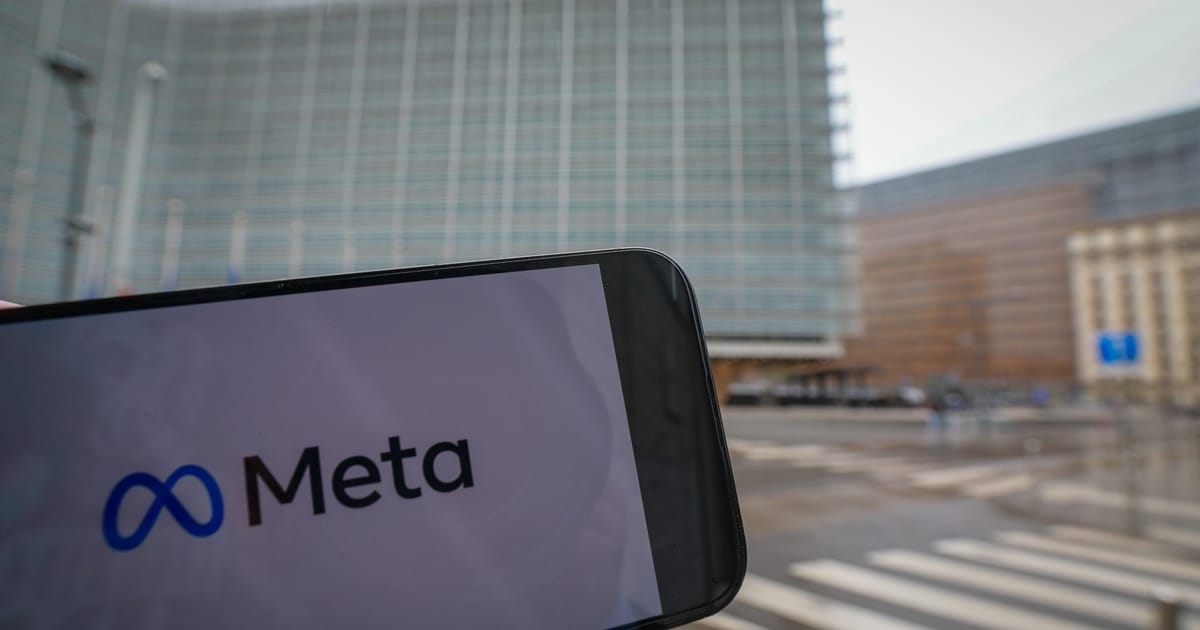

In a world where technology, political dynamics, and labor rights continually evolve, several significant developments illustrate the interconnectedness of our global society. From technology giants navigating regulatory landscapes to international political shifts and labor advancements, today’s news reflects a tapestry of change and collaboration.
In Europe, the technology sector is closely watching as Meta, the parent company of Facebook, has opted not to participate in the European Union’s new code of practice aimed at regulating artificial intelligence. This decision comes after months of intensive lobbying from the tech industry, highlighting the complexities and challenges that arise when aligning regulatory frameworks with corporate priorities. As AI continues to influence various aspects of life and business, how industries and governments collaborate to harness its benefits while mitigating risks remains a crucial discussion.
Meanwhile, European geopolitics are marked by a decisive move as the European Union successfully lowered the cap on Russian oil prices and imposed new sanctions. This strategic decision reflects a commitment to responding robustly to the ongoing conflict involving Ukraine, aligning with the desires of many of Ukraine’s allies for impactful economic measures. These sanctions aim to curb resources fuelling the conflict, demonstrating a united effort among EU member states to promote stability and peace in the region.
Lending a hopeful note for labor rights is Australia’s progressive legislative action aimed at protecting workers’ interests. A pivotal piece of legislation introduced in the federal parliament seeks to safeguard penalty rates and overtime pay, ensuring workers relying on award wages are not disadvantaged. This initiative underscores a renewed focus on equitable compensation, setting a precedent for balancing the needs of industries with the welfare of the workforce. Such legislative advancements provide a positive framework for other nations contemplating similar protections for their labor forces.
On the other side of international diplomacy, Europe finds itself at the brink of potential trade conflicts with both the United States and China. Amid suggestions of increasing tariffs by former U.S. President Donald Trump and ongoing tensions with Beijing, European policymakers return from diplomatic engagements with little to no progress. As these trade talks continue, Europe’s position and strategy in navigating these complexities carry significant implications for global economic stability. The upcoming EU-China summit is awaited with tempered expectations, with diplomats and industry leaders hoping for constructive dialogue that could ease current tensions.
Together, these stories paint a portrait of a world where technological innovation, geopolitical strategies, and labor rights not only coexist but are intricately linked. Each theme reveals aspects of how global and domestic policies shape the fabric of society, encouraging a comprehensive understanding of contemporary challenges and opportunities. With a mindful approach, we can appreciate the progression and anticipate future developments with optimism and a commitment to positive change.
Source: {link}
